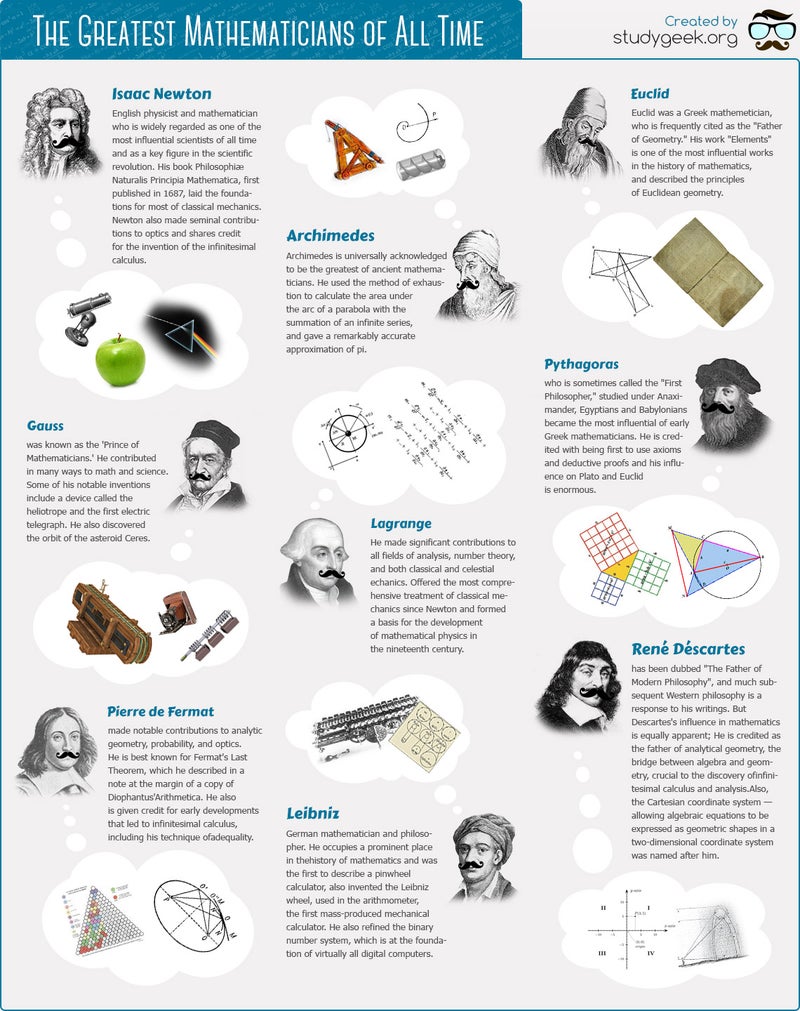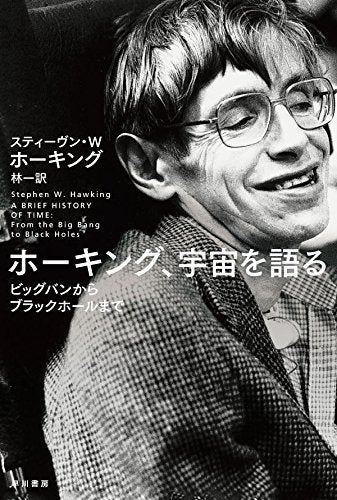Impact of ‘Division by Zero’ in Einstein’s Static Universe and Newton’s Equations in Classical Mechanics.
Ajay Sharma
physicsajay@yahoo.com
Community Science Centre. Post Box 107 Directorate of Education Shimla 171001 India
Key Words Aristotle, Universe, Einstein, Newton
Abstract
Aristotle (384-322BC) and other ancient philosophers believed that force is always required for movement of body
but no equation was formulated for such perception in antiquity. Galileo (1664-1727) argued against the idea and
maintained that under specified hypothetical conditions body can move with uniform velocity without any force (if
once set in motion). Newton (1642-1727) formulated equation F = ma, for Galileo’s hypothesis. In definition of
inertial mass (m = F/a), the denominator acceleration becomes zero under some conditions. The similar was
situation (division by zero) with Einstein’s model of Static Universe involving Cosmological Constant, which was
then purposely withdrawn by Einstein. Exactly similar is the situation in case of inertial mass, the acceleration (a)
becomes zero when velocity is uniform. The division by zero in Einstein’s equations lead to acceptance of
doctrine of Expanding Universe, similarly division by zero Second Law of Motion ( m = F/a) lead to equation of
force which supports the perception of force and motion in pre-Galileo’s or Aristotle’s days.
1.0 Einstein’s equation of Static Universe and Newton’s equation of inertial mass (Second Law of Motion)
involve division by zero.
Einstein (1879-1955) in 1917 in his research paper proposed a model of Static Universe introduced Cosmological
Constant. Alexander Freidman a Russian cosmologist after five years found that under certain condition Einstein’s
equation involve division by zero, which is not permissible. George Gamow (1904-1968) Russian-born American
nuclear physicist and cosmologist remarked that "it is well known to students of high school algebra" that division
by zero is not valid; and Einstein admitted it as the biggest blunder of his life [1].
Contrary to prevalent views continuing over nearly 2,000 years, Galileo argued that in case all the resistive forces
(atmospheric, frictional and gravitational etc.) are precisely eliminated (true under hypothetical conditions only)
then body once set in motion will maintain its state of perpetual uniform motion ( if body once set in motion). It
must be noted that nothing was known about Gravitation (theoretically this force extends up to infinity) in Galileo’s
time otherwise his hypothesis may have been different. Galileo also developed concept of acceleration and
formulated various kinematical equations for uniformly accelerated motion, thus acceleration was the main term in
his interpretation. These equations were later obtained by method of calculus (discovered independently and
simultaneously by Leibnitz and Newton) also, using concept of constant acceleration.
Taking Galileo’s hypothesis as a basis Newton formulated Second law of motion or Axiom II as quoted in Book I
of the Principia Mathematica Philosophiae Naturalis in Latin ( first translation in English by done Andrew
Motte, 1729, two years after death of Newton) as
The alteration of motion is ever proportional to the motive force impressed; and is made in
the direction of the right line in which that force is impressed.
Thus Newton provided the mathematical basis for Galileo’s perception of uniformly accelerated motion [2, 3]. The
Second Law is called a basic law of motion as the First Law of motion can be obtained from it; and it defines
inertial mass (m) as ratio of net force (F) and acceleration (a) i.e.
m = F/a. = Ft / (v-u) (1)
where u is initial, v is final velocity and t is time. Then it was established that inertial and gravitational masses are
equivalent. The physical quantity acceleration was defined by Galileo before Newton (as the rate of change of
velocity); the denominator of Eq. (1) is often written as in disguised form i.e. as ‘a’ rather than in terms of
difference in velocities (v-u). Thus acceleration becomes zero if body moves with inform velocity or is at rest. Thus
the situation is precisely similar in Einstein’s Static Universe and Newton’s Second law of motion, regarding
occurrence of division by zero, in equations.
The second law is the real law of motion [3] as first law can be obtained from it. Purposely we quote Resnick and
Halliday [3] as if F =0, then a =0.
In other words if net force on body is zero, then acceleration of body is also zero. Therefore in absence of
impressed or resultant force (F=0) the body will move with constant velocity (a=0) or remains at rest, which is first
law of motion. Now what is the value of inertial mass under this condition (F = 0, a = 0) i.e. when second law of
motion reduces to the first law. Obviously undefined
M = F /a = 0/0.
It is completely meaningless, in this case not only denominator but numerator also becomes zero. It implies that
under this condition (i.e. when Newton’s second law of motion reduces to first law), the Eq. (1) i.e. m = F/a is not
applicable as it gives value of mass (has definite dimensions and units of mass) as undefined. In this case F =ma
implies 0 = 0, which is without dimensions, units and have zero magnitude; hence gives no physical information
which is inherent characteristic or prerequisite of equation [3, 4].
2.0 Effects of division by zero in classical mechanics
Thus there is a precise similarity between Einstein’s equations regarding Static Universe and Newton’s laws of
motion (calculation of inertial mass), as far as division by zero is concerned. Realizing the limitations Einstein
withdrew his arguments in 1931 and theory of expanding universe was accepted, keeping aside the theory of
static universe. Likewise in view of this limitation of F =ma another equation of force has been proposed by author
[5] in as
F =A m(u+v)S/t (2)
where, F is net or resultant or impressed force which causes displacement S is distance traveled. And additional
term ‘A’, which is used to remove the sign of proportionality, has nature like Hubble’s constant or like coefficient of
thermal conductivity or coefficient of viscosity etc). Their magnitudes are determined experimentally e.g. Hubble’s
constant {50 to 80 kilometres per second-Mega parsec (Mpc)} or coefficient of viscosity (1.05× 10-3 poise to 19.2×
10-6 poise) or co-efficient of thermal conductivity (0.02Wm-1K
-1 to 400 Wm-1K
-1)
.
The interpretation of Eq. (2) is revival of concepts or perceptions of force propagated by Aristotle and others for
system in which resistive forces are present i.e. practical system. It consistent with existent concepts in antiquity,
Eq. (2) implies that force is always required for movement of body, in this case resistive force ( regarded as null
by Galileo for hypothetical system) is the main factor. This doctrine was taught for over two thousand years or
more, as it too found immediate experimental support, and have even now in countless cases. Galileo put forth
that in a medium devoid of resistive forces (frictional, atmospheric and gravitation), body once set in motion will
keep on moving with uniform velocity. Thus impact of concept of "division by zero" has not only resulted in
adopting the theory of Expanding Universe but in this case it also revives of pre-Galilean of Aristotelian perception
of motion of bodies on the basis of facts and logic.
The most practical aspect of this interpretation is that we should formulate a mathematical basis for practical or
most abundant cases; then interpretation must be provided for hypothetical system in limiting cases. For example,
we formulate an equation of force for systems most abundantly available in daily life i.e. when gravitational,
frictional and atmospheric forces etc are present. Then the same equation ( mathematical basis) should be used
to explain the hypothetical cases ( when gravitational, frictional and atmospheric forces etc are present). However
Galileo and Newton has established different formulations, they formulated mathematical basis for hypothetical
system ( devoid of gravitational, frictional and atmospheric forces etc)
Reference.
1. Gamow, G., My World Line (Viking, New York). p 44, 1970
2. Weinstock, R. American Jourmal pf physics 29 (10), 698-702 (1961).
3. Resnick, R. and D. Halliday, Physics Part I (Wiley Eastern Limited, New Delhi) Forty Second reprint 2, 45-46,
81-87
4. McNish A.G, Physics Today, Dimensions, Units, and Standards, 19-25, April 1957
5. A Sharma, Acta Ciencia Indica, Vol. XXXV P, No, 181 (1999)
ゼロ除算の発見は日本です:
∞???
∞は定まった数ではない・・・
人工知能はゼロ除算ができるでしょうか:
とても興味深く読みました:
ゼロ除算の発見と重要性を指摘した:日本、再生核研究所
ゼロ除算関係論文・本
ダ・ヴィンチの名言 格言|無こそ最も素晴らしい存在
ゼロ除算の発見はどうでしょうか:
Black holes are where God divided by zero:
再生核研究所声明371(2017.6.27)ゼロ除算の講演― 国際会議
https://ameblo.jp/syoshinoris/entry-12287338180.html
1/0=0、0/0=0、z/0=0
http://ameblo.jp/syoshinoris/entry-12276045402.html
1/0=0、0/0=0、z/0=0
http://ameblo.jp/syoshinoris/entry-12263708422.html
1/0=0、0/0=0、z/0=0
http://ameblo.jp/syoshinoris/entry-12272721615.html
ソクラテス・プラトン・アリストテレス その他
https://ameblo.jp/syoshinoris/entry-12328488611.html
ドキュメンタリー 2017: 神の数式 第2回 宇宙はなぜ生まれたのか
https://www.youtube.com/watch?v=iQld9cnDli4
〔NHKスペシャル〕神の数式 完全版 第3回 宇宙はなぜ始まったのか
https://www.youtube.com/watch?v=DvyAB8yTSjs&t=3318s
〔NHKスペシャル〕神の数式 完全版 第1回 この世は何からできているのか
https://www.youtube.com/watch?v=KjvFdzhn7Dc
NHKスペシャル 神の数式 完全版 第4回 異次元宇宙は存在するか
https://www.youtube.com/watch?v=fWVv9puoTSs
再生核研究所声明 411(2018.02.02): ゼロ除算発見4周年を迎えて
https://ameblo.jp/syoshinoris/entry-12348847166.html
再生核研究所声明 416(2018.2.20): ゼロ除算をやってどういう意味が有りますか。何か意味が有りますか。何になるのですか - 回答
再生核研究所声明 417(2018.2.23): ゼロ除算って何ですか - 中学生、高校生向き 回答
再生核研究所声明 418(2018.2.24): 割り算とは何ですか? ゼロ除算って何ですか - 小学生、中学生向き 回答
再生核研究所声明 420(2018.3.2): ゼロ除算は正しいですか,合っていますか、信用できますか - 回答
2018.3.18.午前中 最後の講演: 日本数学会 東大駒場、函数方程式論分科会 講演書画カメラ用 原稿
The Japanese Mathematical Society, Annual Meeting at the University of Tokyo. 2018.3.18.
https://ameblo.jp/syoshinoris/entry-12361744016.html より
再生核研究所声明 424(2018.3.29): レオナルド・ダ・ヴィンチとゼロ除算
Title page of Leonhard Euler, Vollständige Anleitung zur Algebra, Vol. 1 (edition of 1771, first published in 1770), and p. 34 from Article 83, where Euler explains why a number divided by zero gives infinity.
私は数学を信じない。 アルバート・アインシュタイン / I don't believe in mathematics. Albert Einstein→ゼロ除算ができなかったからではないでしょうか。
1423793753.460.341866474681。
Einstein's Only Mistake: Division by Zero
再生核研究所声明 427(2018.5.8): 神の数式、神の意志 そしてゼロ除算
ゼロ除算は定義が問題です:
再生核研究所声明 148(2014.2.12) 100/0=0, 0/0=0 - 割り算の考えを自然に拡張すると ― 神の意志 https://blogs.yahoo.co.jp/kbdmm360/69056435.html
再生核研究所声明171(2014.7.30)掛け算の意味と割り算の意味 ― ゼロ除算100/0=0は自明である?http://reproducingkernel.blogspot.jp/2014/07/201473010000.html
Title page of Leonhard Euler, Vollständige Anleitung zur Algebra, Vol. 1 (edition of 1771, first published in 1770), and p. 34 from Article 83, where Euler explains why a number divided by zero gives infinity.
私は数学を信じない。 アルバート・アインシュタイン / I don't believe in mathematics. Albert Einstein→ゼロ除算ができなかったからではないでしょうか。
1423793753.460.341866474681。
Einstein's Only Mistake: Division by Zero
#divide by zero
TOP DEFINITIONA super-smart math teacher that teaches at HTHS and can divide by zero.Hey look, that genius’s IQ is over 9000!by Lawlbags! October 21, 2009Dividing by zero is the biggest epic fail known to mankind. It is a proven fact that a succesful division by zero will constitute in the implosion of the universe.You are dividing by zero there, Johnny. Captain Kirk is not impressed.
Divide by zero?!?!! OMG!!! Epic failzorz3Divide by zero is undefined.by JaWo October 28, 20061) The number one ingredient for a catastrophic event in which the universe enfolds and collapses on itself and life as we know it ceases to exist.
2) A mathematical equation such as a/0 whereas a is some number and 0 is the divisor. Look it up on Wikipedia or something. Pretty confusing shit.
3) A reason for an error in programmingHey, I divided by zero! ...Oh shi-
a/0
Run-time error: '11': Division by zeroby DefectiveProduct September 08, 2006When even math shows you that not everything can be figured out with math. When you divide by zero, math kicks you in the shins and says "yeah, there's kind of an answer, but it ain't just some number."
It's when mathematicians become philosophers.Math:
Let's say you have ZERO apples, and THREE people. How many apples does each person get? ZERO, cause there were no apples to begin with
Not-math because of dividing by zero:
Let's say there are THREE apples, and ZERO people. How many apples does each person get? Friggin... How the Fruitcock should I know! How can you figure out how many apples each person gets if there's no people to get them?!? You'd think it'd be infinity, but not really. It could almost be any number, cause you could be like "each person gets 400 apples" which would be true, because all the people did get 400 apples, because there were no people. So all the people also got 42 apples, and a million and 7 apples. But it's still wrong.#math #divide by zero #divide #dividing #zero #numbers #not-math #imaginary numbers #imaginary. phylosophyby Zacharrie February 15, 2010














































0 件のコメント:
コメントを投稿